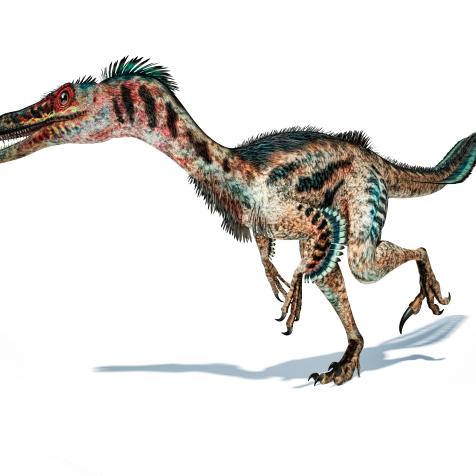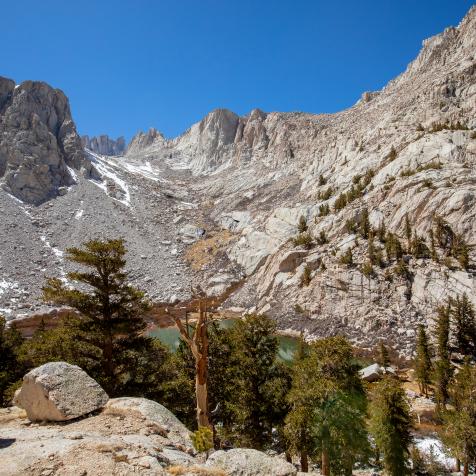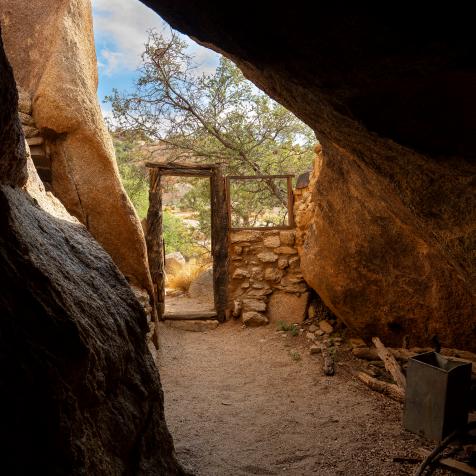
Cavan Images
How One Man Powered an Alaskan Resort from the Ground Up
In some of the more remote regions of Alaska, electricity can sometimes be hard to come by. One resort, however, has turned to geothermal energy to completely power itself.
According to owner Bernie Karl, the Chena Hot Springs is the coldest geothermal resource to be used in commercial power production.
Traditional steam turbines need 220 degrees to drive them, but the geothermal water at Chena only reach 165 degrees, and so Karl, in partnership with the private sector and the Department of Energy, created a power plant specifically for Chena.

Cavan Images
The Chena Hot Springs resort lies at the end of a long, winding, 56-mile-long road from Fairbanks that undulates up and down with the rise and fall of the permafrost.
Following the plant’s success, Karl has more than capitalized on the hot springs, coming up with innovative ways to make the resort, which he bought in 1998, completely self-sufficient.
The resort already uses renewable energy to produce 100% of its electricity, and is now branching into geothermal exploration. A recently announced $1.4 million project with the Department of Energy will try to locate the geothermal resource that lies underneath the resort. The eventual goal is to build a model of the reservoir using geologic and geophysical exploration techniques, coupled with state-of-the-art reservoir engineering.

Yu Sun
Both Karl and government officials hope the experiment will further aid understanding of the geothermal potential of the site, and how other sites in the US could reap similar benefits.
Power aside, Alaska is also a difficult place to find fresh food in the winter months, which can be as cold as -50F in some areas. One of Karl’s ambitions when he first bought the resort was to turn the place into a sort of experimental workshop for renewable energy, as well as how to provide stable food supplies for an unstable world.
"We're imagineering new ways to face the growing needs for energy and food in an uncertain world," Karl declared in 2011. "We're looking at new ways to observe nature and mimic the perfection biomimicry. Nature will reveal all her secrets to us, we simply have to listen."
Karl may be known as the “crazy Alaskan” among locals, but his ideas work: in the dead of winter, Chena chefs are serving up succulent baby lettuce, juicy tomatoes and fragrant herbs, all freshly harvested from the resort’s greenhouse, powered, of course, by geothermal energy.
Karl even designed a “lettuce tower”, a clever DIY vertical hydroponic structure that can produce around 14 heads of lettuce a week. Even better, he doesn’t keep his secrets to himself, and has produced a “how to grow your own” guide for anyone trying to produce their own food.
Karl is so passionate about reusing and recycling, once paying $8,000 to fly a portable generator he made to produce electricity and heat from burning wood pellets to Sweden.
“The good Lord has blessed us with everything to use,” Karl says. “But if you don't share this knowledge, what good is it?”


















